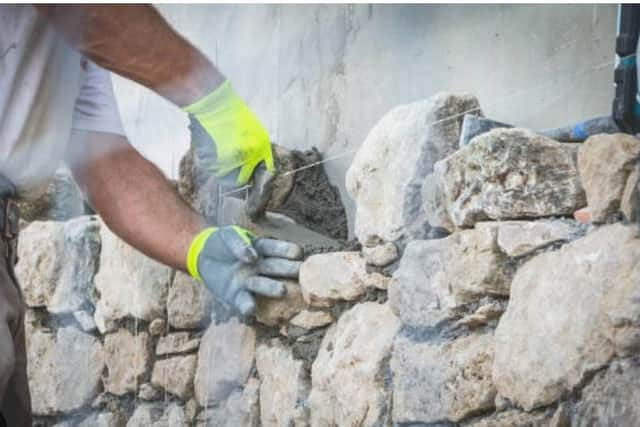We need urgent action on silicosis to prevent needless deaths and infections - Claire Campbell
Silicosis is an incurable respiratory disease caused solely by the inhalation of silica dust, usually over several years. Workers involved in cutting, engraving, sanding or spraying these materials are at particular risk of the condition, which is often degenerative and can be severely disabling. Most of the clients I have acted for have been stonemasons, but those working in other aspects of the construction industry – potteries, foundries or manufacturing – may also be exposed.
Symptoms of silicosis include breathlessness, fatigue and chronic cough. The condition can be fatal and increase the risk of developing other conditions including tuberculosis, COPD, lung cancer, as well as systemic diseases including lupus and arthritis. Those who suffer from the disease can no longer risk further exposure to dust and may require to change their career, or even give up work altogether.
Advertisement
Hide AdAdvertisement
Hide AdAs a result, I often recommend clients settle their cases on a “provisional” basis, which means that if their condition deteriorates significantly, they are entitled to a further claim. This also protects family members who may have their own cases should the client die because of silica dust exposure.


Despite these substantial risks, silica exposure continues to take place in many workplaces and hundreds of workers in the UK die each year; not to mention those left with the chronic lung disease and associated conditions. Employers have a duty to reduce exposure to respirable silica dust as far as “reasonably practicable” under the Control of Substances Hazardous to Health Regulations 2002 but, in my experience, this is sadly all too often not sufficient to prevent illness.
Outwith the UK, several countries have sought to take specific measures to prevent silicosis. The US has introduced increased inspection for stoneworking companies, while Australia has completely banned engineered stone. This was done after a huge rise in silicosis cases after the first diagnosis in 2015. A major source of these cases were workers fitting engineered stone kitchen worktops.
The Green Party’s Baroness Natalie Bennett recently asked the UK Government whether it will also seek to ban engineered stone and make silicosis a notifiable disease. The Government’s response was, put simply, that the measures in place were already enough. That is despite the UK’s legal limit being much higher than in countries including the US, Germany and Portugal. The lack of further action also flies in the face of recommendations by the All-Party Parliamentary Group for Respiratory Health last year. It advised urgent action to be taken, including a reduction in the workplace exposure limit.
The Government seems to want to bury its heads in the sand and assume silicosis is not as prominent here as it is abroad but that is simply not the case. As Baroness Bennett asserted, the Government is clearly being complacent regarding silicosis and more needless infections and deaths will occur as a result.
Claire Campbell is a Partner, Thompsons